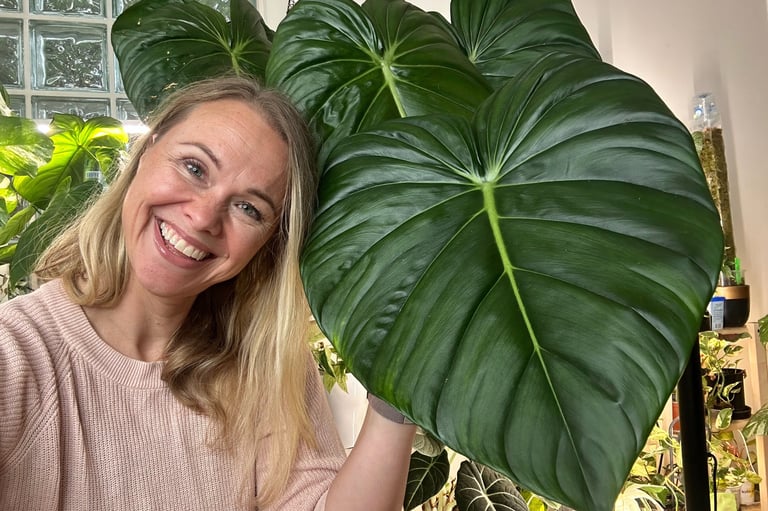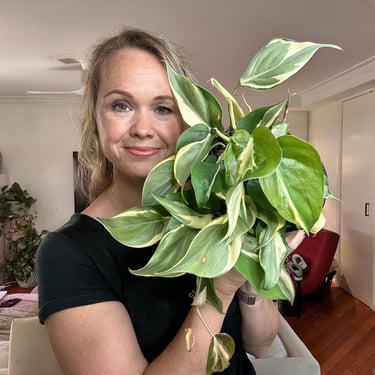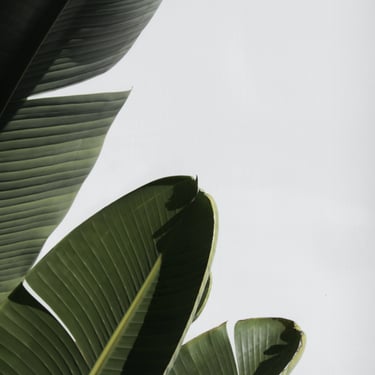5 Indoor Plant Care Tasks for Late Summer (Autumn Garden Prep)
Simple late-summer plant care tips to help your indoor plants thrive and stay healthy as autumn approaches.


1. Repot Before Growth Slows
Wondering what to do with your plants in August?
Late summer is a turning point — plants are slowing down, nights are cooler, and autumn is just around the corner. It’s the ideal time to refresh, replant, and prepare for the next season. Here are five smart gardening tasks you can still do in late Summer to make the most of the weeks ahead.
I always check for rootbound plants in late Summer, because this is the last safe repotting stretch before growth really slows. If roots are circling the pot, or you can’t keep up with how fast the soil dries, repot now.
But if it’s borderline? Honestly, I'd wait until spring again. Repotting in late autumn or winter can stress plants that don’t have the energy to bounce back. August is the decision point — do it now, or hold off for a few months.






2. Adjust Watering Before Root Rot Sneaks In
Spring and midsummer? Plants are thirsty. By late Summer? Not so much. Growth slows, soil stays wetter, and if you keep watering on the same schedule you risk soggy roots.
I check with a moisture meter and often find I can wait an extra day or two between waterings compared to July. Tiny adjustment, big difference.
If you’ve got herbs or patio pots, trim them hard now and collect what’s usable. Basil, mint, and parsley can all be cut back, frozen, or dried before they fade. Many herbs will even push one last flush of growth before the season turns.
3. Rotate Before the Light Flip
The sun’s angle shifts quickly in late summer. That perfect June window might now be half-shaded, or blasting harsher than it used to. Rotate plants 180° to stop them leaning, and shuffle light-sensitive ones (calatheas, begonias, philodendrons) a bit closer to the brightest spot before autumn shadows kick in.
For anyone with tropicals spending summer outdoors, August is the time to start thinking about moving them back. Don’t rush it.
But do give them a pest check, clean the leaves, and maybe shift them to shadier spots outside so the eventual transition indoors is less of a shock.
4. Take Cuttings While it's Still Warm Enough


Propagation is so much easier now than it will be in autumn. Warmth plus decent light means cuttings root fast, and by October you’ll have established baby plants. Wait until the cooler months and you’ll just have stems sulking in water, refusing to do anything.
Snip back pothos, philodendron, or tradescantia if they’re getting wild, and get those cuttings into water or perlite. Not only does it tidy the mother plant, but it also gives you a little indoor jungle expansion for free.
5. Ease up on Fertiliser


August isn’t the moment to be pushing loads of new growth. Plants can’t support it with the shorter days ahead, and you’ll end up with flimsy leaves that struggle to cope. Instead, start to ease back.
I usually move from monthly feeding to every 6–8 weeks, or I swap to a lower-nitrogen formula. That way I’m building root health and resilience, not just encouraging soft, delicate foliage right before the light drops.
Final Thought:
August isn’t about overhauling your plant routine.
It’s about these small, timely moves: less water, less feed, a turn toward the light, a snip for propagation, and maybe a last repot.
Add in a reset for balcony pots and start prepping outdoor plants for their return inside, and you’ll glide into autumn with happy, healthy greenery.
Want tailored advice for your exact space and plants?, My Plant Buddy tool can give you a personalised spring care plan based on YOUR exact plant, YOUR home, YOUR location, and YOUR plant experience level.





